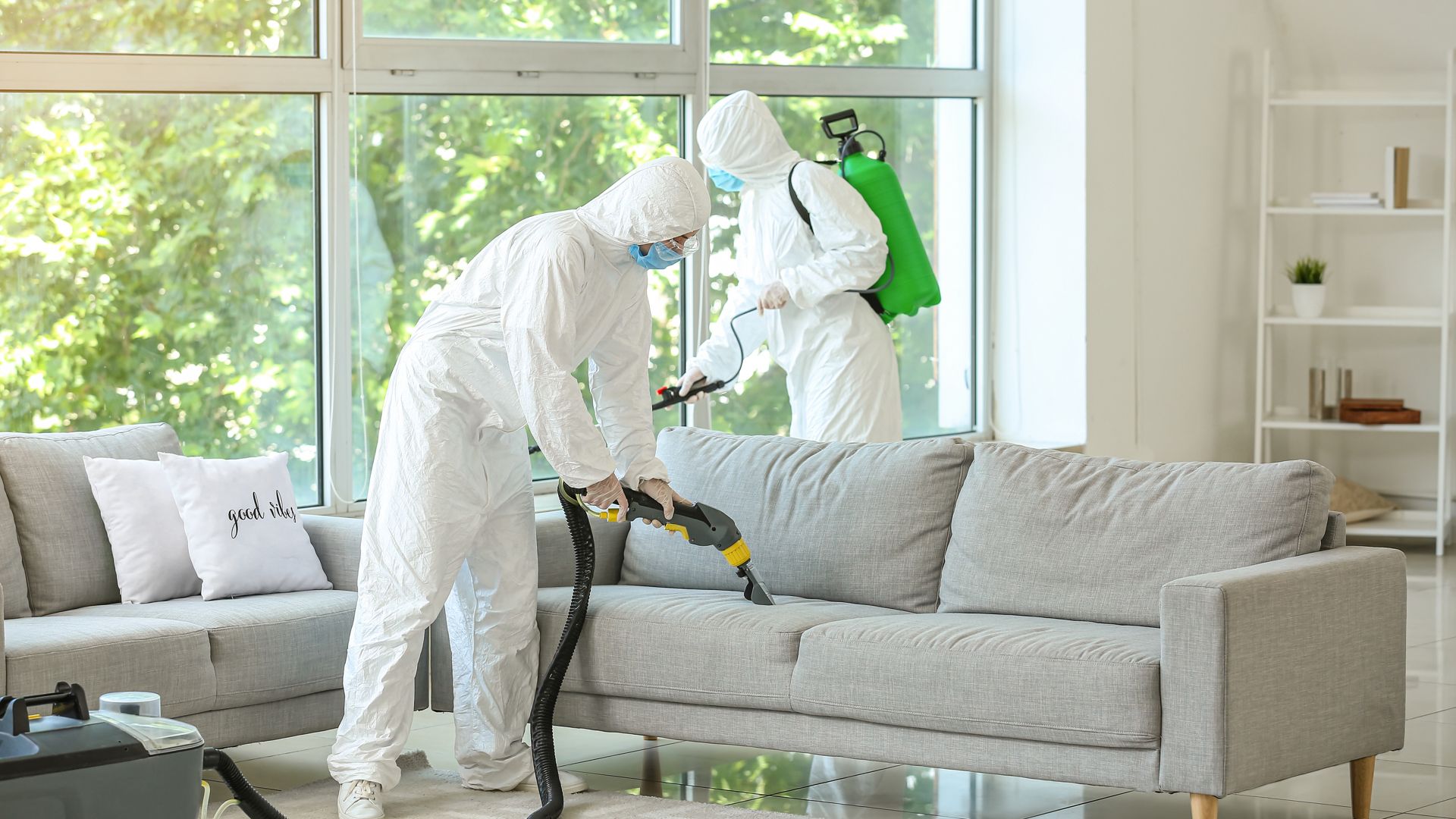We are lucky to call San Diego home; with sun, surf, and sand, it can often feel like we live in a beach paradise. While the vistas and weather may be gorgeous nearly year-round, we are not immune to pests. Termites, in particular, pose a great threat to our property no matter the season.
When Is Termite Season In San Diego?
Termites live on every continent, save for Antarctica. Due to San Diego’s temperate climate, termite season is year-round. Known as "silent destroyers," there are two main types of termites that plague the San Diego area: drywood termites and subterranean termites. Drywood termites are large, brown or white in color, live within dry wood, and leave piles of feces outside of their nests. Subterranean termites are small, brown or black in color, live in soil, and love humidity.
Drywood termites swarm in the fall, while subterranean termites swarm in the spring and summer. Swarming describes the large-scale mating event that termites partake in. The reigning queen of the nest produces males and females that have the ability to reproduce, and those offspring create a large mating swarm before starting new colonies of their own.
How Do I Know If My San Diego Home Has Termites?
Termites mostly feed on dead plant materials, such as wood, leaf litter, and soil. Due to these eating habits, termites are considered ecologically important, as they help break down and recycle dead plants. However, termites will also eat fabric, insulation, cardboard, and carpet. Additionally, their love of wood does not exclude the wood that your home is made of. Signs of termite activity in your San Diego home include, but are not limited to:
- Termite swarms taking flight in or around your property
- Discolored or sagging drywall
- Tiny holes in drywall
- Peeling or chipping paint
- Wood that sounds hollow when tapped
- Buckling or uneven floorboards
- Brittle, damaged wood that is very weak to the touch
- Piles of wings left behind after swarms, often resembling fish scales
- Maze-like patterns in furniture, floorboards, or walls
- Mounds of termite droppings, which resemble tiny mustard seeds
In the case of a subterranean termite infestation, the termites leave behind mud tubes, usually in the floor joists, the foundation, or the base of the wall. Mud tubes are made from wood, soil, and termite saliva. As subterranean termites require a lot of moisture in order to survive, they create tubes in which they can travel between their food source and their nests without risking exposure to dry air.
How Does Green Flash Pest Control Get Rid Of Termites In San Diego?
Termites in the United States are responsible for over five billion dollars in property damage each year. It is no wonder that any responsible homeowner would want to rid themselves of these pests as soon as possible. There are many ways to go about dealing with a termite infestation. Termite prevention, such as removing lawn debris and patching up any leaks, is a great place to start, but if you have an infestation underway, it's best to contact the professionals.
Green Flash Pest Control can ensure that the termites in your home are properly and safely removed. From spot treatments and fumigation to soil treatments, we do it all! Not only does Green Flash Pest Control treat active termite infestation, but we also offer prevention, regular inspections, and termite damage repair. To keep your property and your family safe and to set your home up for long-term success, reach out to Green Flash Pest Control for peace of mind today!

